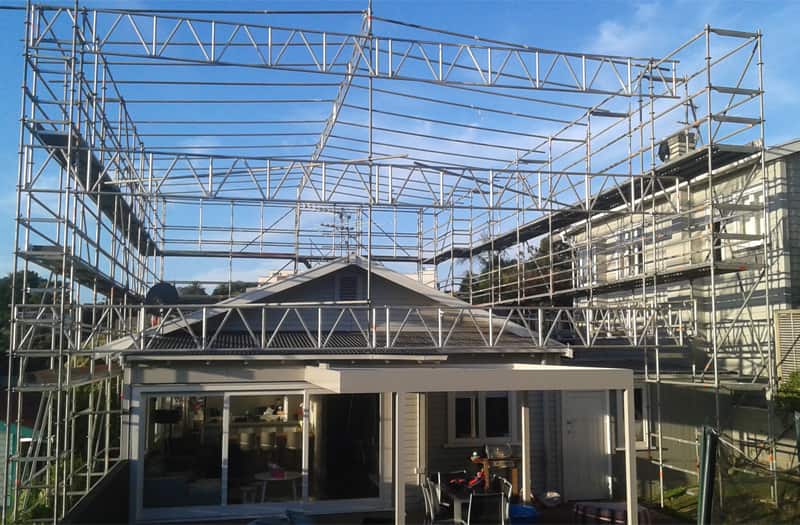Scaffolding is an important part of most building projects, but especially those where the buildings are above the reach of employees. Skyscrapers and even buildings with one storey could not be built without some kind of scaffolding in place to enable workers to access the work areas. Even many home projects need some kind of scaffolding, be it ever so simple.
No matter what kind of project it is for, if scaffolding is needed at all, it should be strong and sturdy, otherwise you risk nasty accidents happening to employees or to yourself if you are doing a renovation job on your home. There are several parts to scaffolding and all need to be strong.
-
- The framework is what holds up the walkways and gives the entire structure stability and strength to cope with the loads it must bear.
- The flooring should be strong as this also bears the weight of workers and other loads such as a wheelbarrow full of cement and other building materials.
- The rails and handgrips need to be strong as these provide protection from falls and can mean the difference between a fatal accident and one where the employee is not harmed at all.
Scaffolding is rather like a chain; it is only as strong as its weakest link. It is therefore essential that the hardware that holds it all together is also strong; screws, bolts, braces and any other fittings should all be of the best quality so that they do not give way under working conditions.
External scaffolding must withstand all the ravages of the weather while it is up – often for many months. It is exposed to wind that can rock it, putting wear and tear on all the small parts that hold it together. Storms and rain can erode the ground underneath, causing some parts of the supporting framework to be left without proper support, thus throwing extra weight on other parts that are not meant to bear it. Cheap scaffolding will not be strong enough to withstand such pressure and may collapse altogether or bend under a sudden load.
When this happens it can lead to multiple accidents or the collapse of the whole structure. No building company wants the delay, costs and possible litigation or prosecution that will be likely as a result of such a calamity. It is far more cost effective to pay extra for strong scaffolding and gives peace of mind that no accidents or building delays are likely to happen.
Saving money by using cheap scaffolding is really not worth the risk. Find out before you rent scaffolding what the specifications are so that you know it is strong enough for your project. Since it is essential that building projects are finished within time and within budget, having a strong scaffolding in place is sheer common sense.






